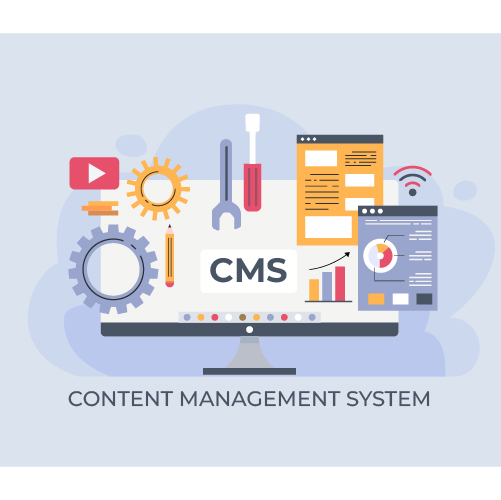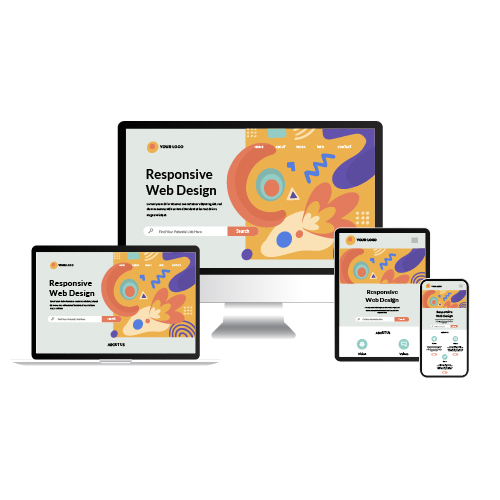
Planning and Research
This initial phase involves understanding the website’s purpose, target audience, and objectives. Researching competitors and market trends is essential for creating a successful website.
Website designing and development refer to creating and developing a brand-new website or modifying an existing one to achieve a specific goal or purpose. This process involves various technical and creative aspects to ensure the website is functional, visually appealing, and user-friendly. Let’s dive into some key aspects of website designing and development


This initial phase involves understanding the website’s purpose, target audience, and objectives. Researching competitors and market trends is essential for creating a successful website.








